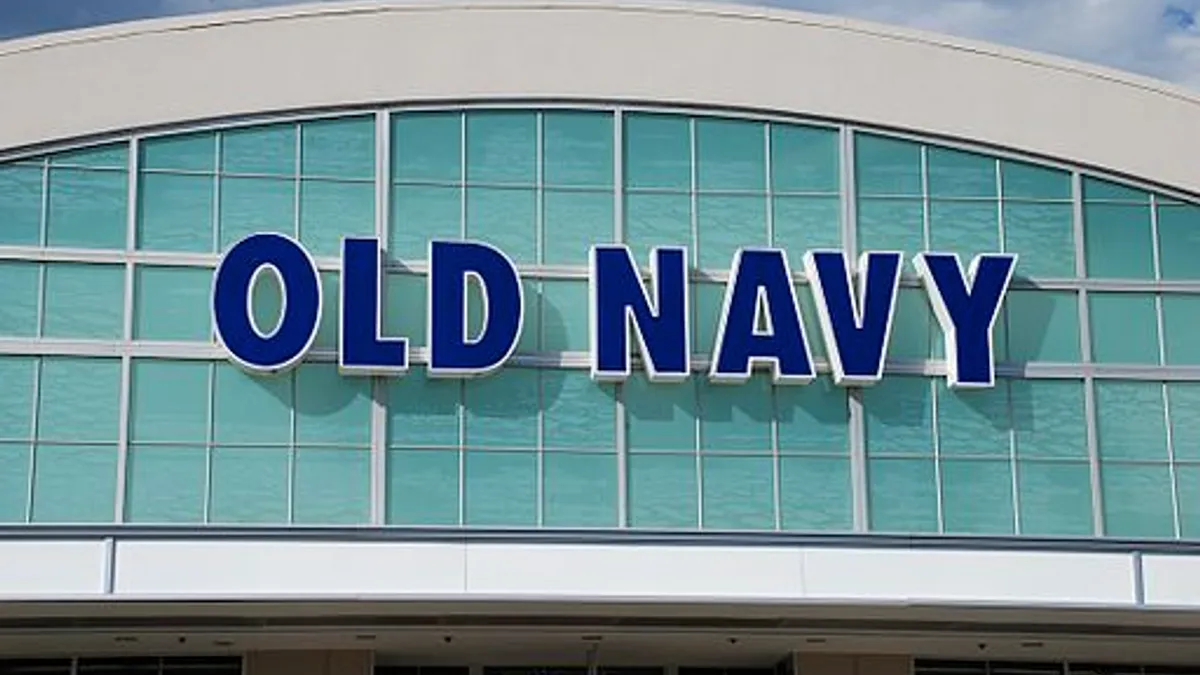For an organization with multiple brands, supply chain management can grow complex and challenging, especially when those brands cater to different markets. This was the case with Gap, which led the company to announce in early March it will spin off Old Navy as a separate, publicly-traded entity. While the move is expected to benefit both organizations, it will also require a split in the supply chain.
"We’re certainly doing the work to the back-end from a supply chain standpoint ... there has been an accelerating divergence between the businesses with the path for Old Navy and the path for other businesses and that’s also true on the backend with our vendors where there is more alignment with Old Navy and less overlap with the other brands," CEO Art Peck said on a conference call.
Peck said while the organization was confident the move would "unlock significant value creation potential," there are also "a lot of questions we can’t answer right now."
Splitting the supply chain: A strategic move
Old Navy has outgrown the other brands in recent years due to its ability to quickly deliver cheap, fashionable clothing. The company aims to open more stores in 2019, particularly in areas where retailers such as JC Penny, Sears and Kmart are closing. Until a new name is announced, the remaining brands, Gap, Banana Republic, Athleta, Intermix and Hill City, will be rebranded as NewCo. The separation will be official sometime in 2020.
"It makes sense to split out the supply chain operations," Simon Croom, academic director of the Master's in Supply Chain Management program at the University of San Diego, told Supply Chain Dive. "They basically had two different supply chain environments and were trying to respond to those with one approach."
"Supply chains are really complex things that we think we may have a handle on, but there’s always some unanticipated risk we didn’t account for."

Shay Scott
Executive Director, Global Supply Chain Institute at the Haslam College of Business, University of Tennessee
Old Navy has been far more successful with a responsive supply chain than Gap, Croom said. The traditional apparel model is to forecast what fashions will be in eight months, place orders in low-cost countries and then deliver product. Old Navy moves faster by shortening the development cycle, getting apparel in the stores, then updating on the next round.
While many agree that splitting the companies is a good strategic move, it’s very rare for a large retailer to break up a company in such a fashion, Shay Scott, Executive Director of the Global Supply Chain Institute at the Haslam College of Business at the University of Tennessee, told Supply Chain Dive. "I can’t recall a retailer of such prominence [splitting up]. Both companies even after the split are going to be very large retailers and still have the position to be able to have great supplier relationships," Scott said.
As the company splits, there will likely be a lot of changing relationships at both of the new organizations. Some suppliers that may have had an interest in dealing with only one part of the business may not want a relationship with the other once the split goes into effect. "There are going to be cancellation clauses, relationships that are broken because of the change," he said.
Split companies may face 'teething problems'
Even long-established companies can hit several challenges when making major shifts in their supply chains. KFC made big news in 2018 when it shifted logistics providers from Bidvest Logistics to DHL. A resulting breakdown in the supply chain forced the company to temporarily shut down more than half of its 900 stores in the U.K. due to a chicken shortage.
Just as KFC experienced, many "knock off effects and teething problems" may work their way through the supply chain, Scott said. One or both companies may need to find new suppliers, new logistics and transportation providers, new lanes and new routes.
"Supply chains are really complex things that we think we may have a handle on, but there’s always some unanticipated risk we didn’t account for," Scott said.
Talent could be another issue. The company could split the supply chain teams, or it could hire new talent, either of which could come with significant risk, Scott said.
While both are established businesses, he equated the two new supply chain ecosystems to startup environments. Both could prove to be successful, but there’s also a chance they could “fall victim to having to recreate all of these things in a short amount of time with a lot of focus and public eye on them,” he said.













